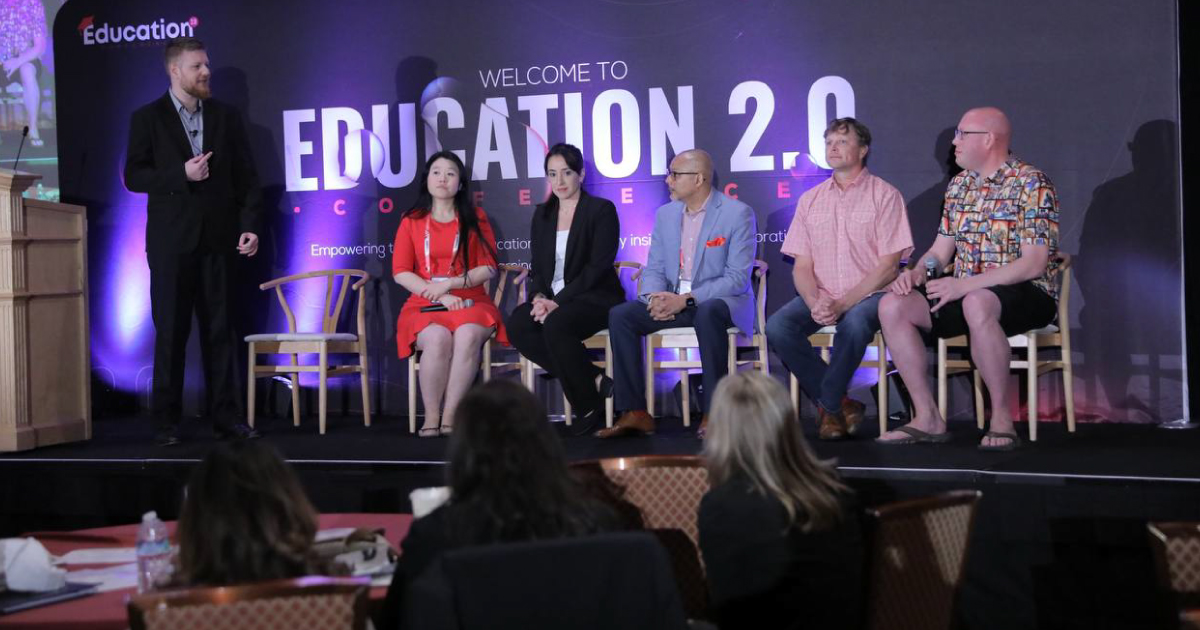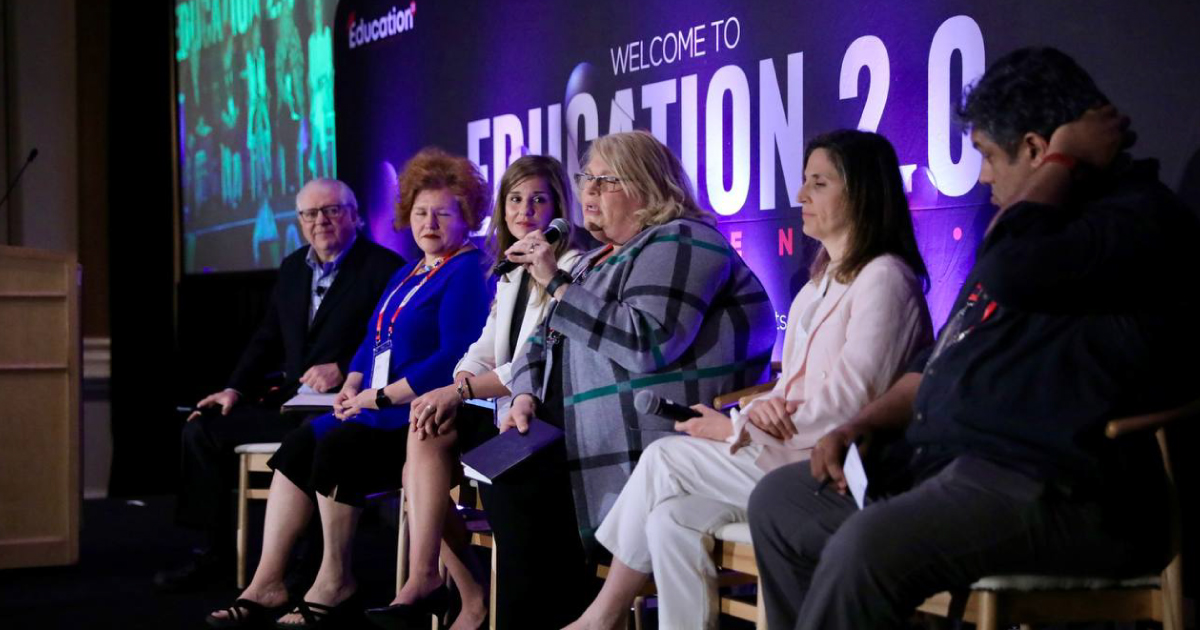Personalized learning is a hot topic in K-12 education today. It refers to a broad concept of learning that can be further subdivided into content personalization, pace and progress personalization, and process personalization. As the one-size-fits-all approach does not seem to benefit student success, many schools - after attending some of 2022’s education conferences in Dubai - are looking into how they can adapt materials, time limits, and what they use to teach children based on individual strengths.
For example, one student may excel in math but struggle to learn new languages because they prefer to learn visually. At the same time, another student may be the polar opposite. To best support both students' learning, different approaches are required. This is what personalized learning aims to achieve: to provide the best educational journey possible for each individual.
Why Personalized Learning?
Increasing class sizes and student diversity (extracurricular activities, language, background, etc.) have pushed the education system into a new normal. More educators must provide individualized support to students to address increased diversity. However, educators' time and resources are limited. Technology, such as using AI to personalize each student's learning journey, is one method of implementing an individualized learning environment. Technology can deliver personalized learning materials to each student based on their knowledge gaps, learning pace, and preferences. Similarly, educators can more easily track students' progress.
How AI Helps
Artificial intelligence has become integrated into various software and platforms that aim to make student learning experiences more personalized. For example, some schools use a variety of AI-embedded platforms to tailor students' education based on their skill level - all the while tracking their progress through the said program. Artificial intelligence can also provide texts at varying difficulty levels for those who need it. This boosts student confidence, increases participation, and assists with education.
Pros & Cons Of Personalized Learning
Although many studies have been done to determine whether customized education is effective, no conclusion has yet been reached. Some studies show that learners become more engaged and eager when they're interested in their work rather than what they're assigned.
Learning tailored to each student can help them stay interested longer since they're supported on their level. Students who speak different languages or have disabilities may find it challenging to keep up without an inclusive approach. It is also easier for teachers when the classroom is set up to accommodate different learning styles and keep pace with students' busy lives. On the other hand, personalized learning may result in less social interaction and subsequent behavioral issues.
Because personalized learning is frequently supported by technology, it may increase inequalities. Finally, educators may find it more difficult to grade students and compare the amount of content learned by students. Could an increase in personalized learning lead to an emphasis on learning skills rather than facts?
Is AI The Future Of Education?
Is AI the future of education, with all the benefits of personalized learning? More research has been carried out to answer this question. Because of limited access to technology, personalized learning has challenges in public school systems. Thus, experts at upcoming education events, such as Education 2.0 Conference, will focus on the potential for AI to help teachers focus more on supporting students and reach the stage of utterly self-guided learning.














